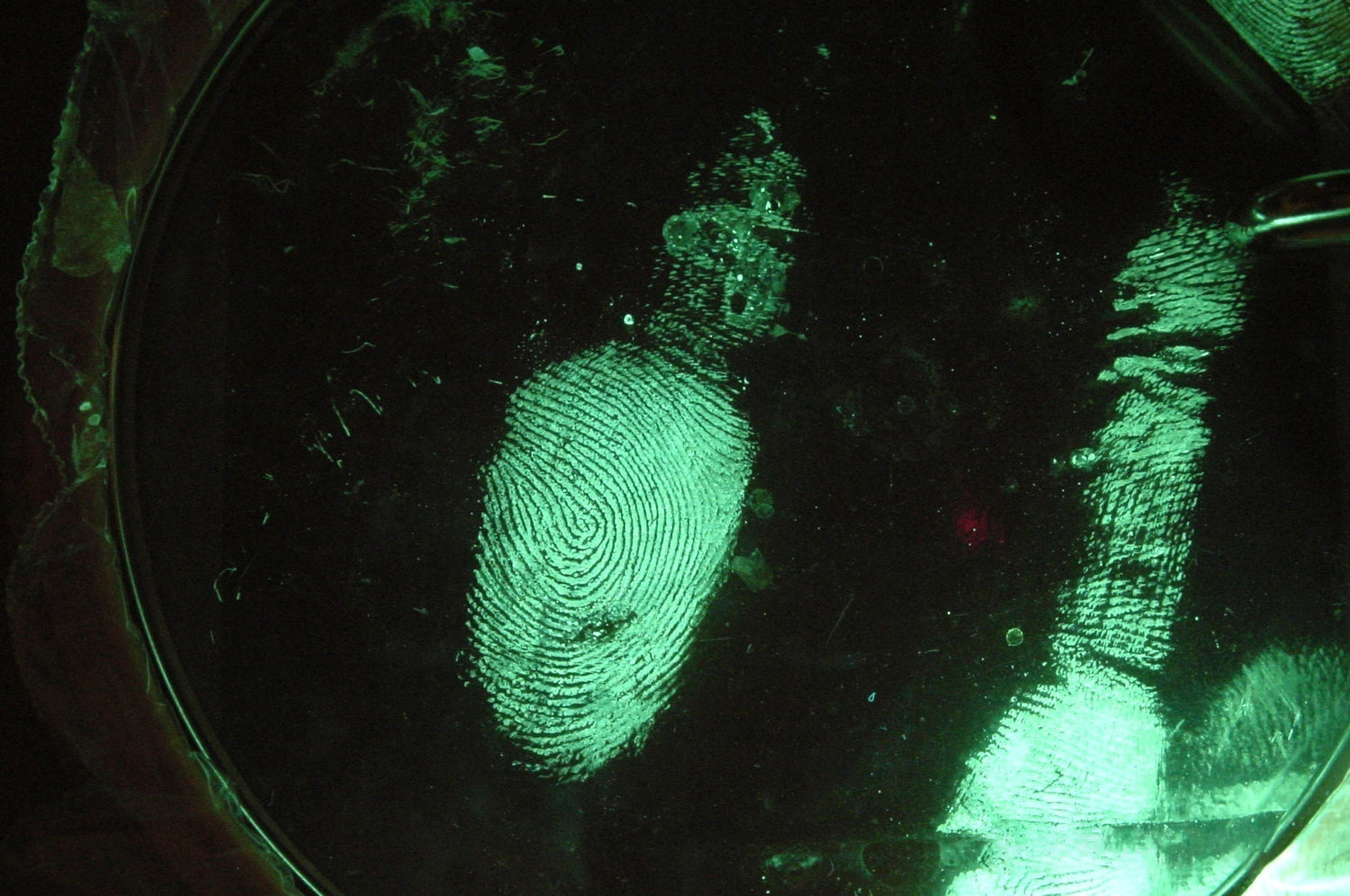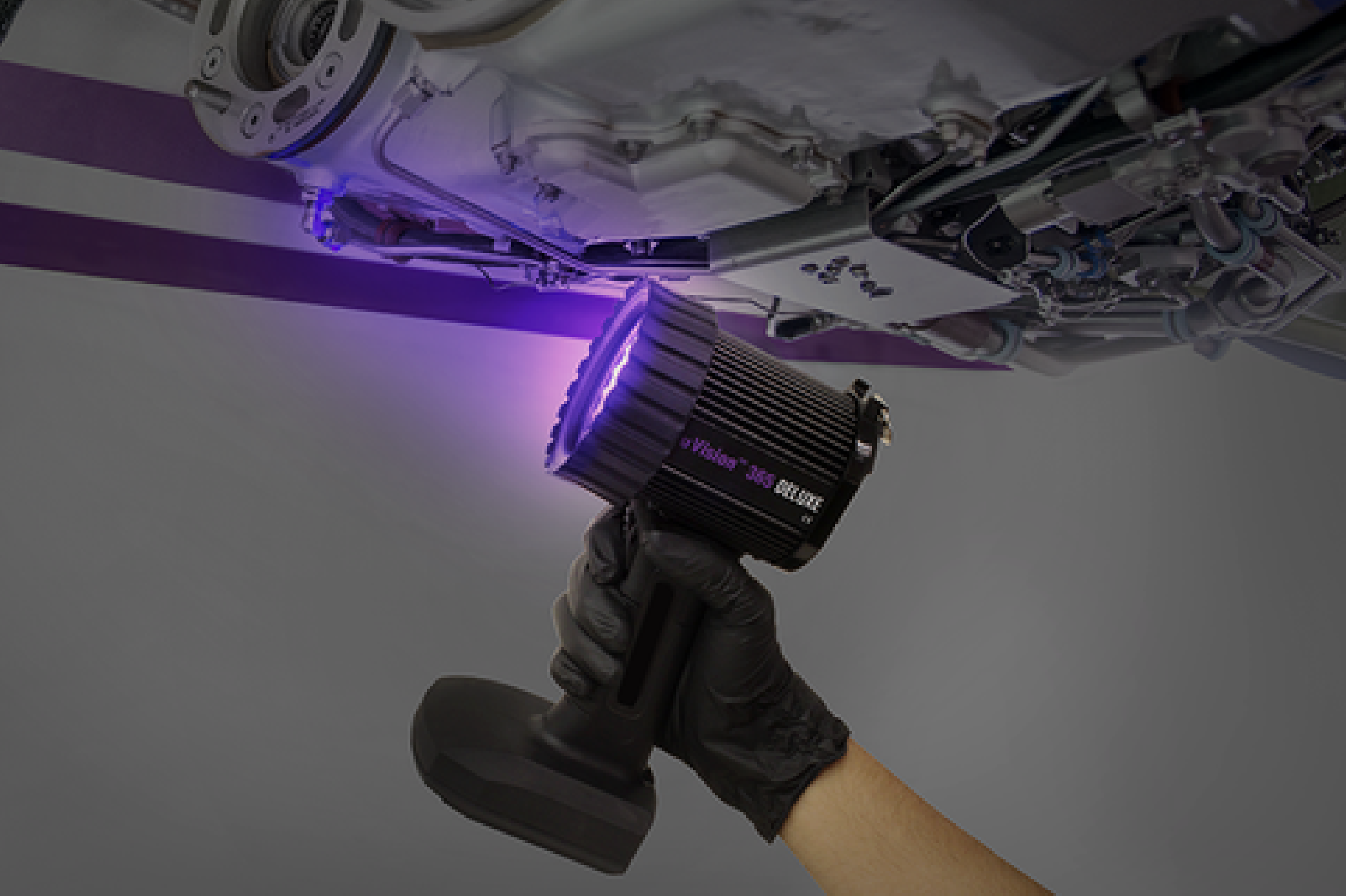Forensic science has revolutionized criminal investigations by providing methods to uncover invisible evidence. Ultraviolet (UV) technology stands as one of the most valuable tools in this field, offering remarkable capabilities in detecting evidence otherwise invisible to the naked eye. According to the National Institute of Justice's Technical Guidance, proper UV light application can increase evidence recovery rates by 30-45% compared to visual inspection alone. This guide explores the scientific principles behind UV light in forensics and its applications across crime scenes, document examination, and laboratory analysis.
The Science Behind UV Technology in Forensics
UV light operates at wavelengths between 10-400 nm, shorter than visible light (400-700 nm), which enables unique interactions with various substances. As explained in Lennard & Stoilovic's comprehensive research (2019):
- When certain materials absorb UV radiation, they emit longer wavelength visible light in a process called fluorescence
- Different compounds emit distinct fluorescence signatures, aiding in identification
- This phenomenon allows investigators to visualize substances that are colorless or invisible under normal lighting conditions
The physics behind this process involves electron excitation - when UV photons strike atoms in certain materials, electrons temporarily jump to higher energy states before returning to their ground state, releasing energy as visible light.
Applications in Forensic Science
1. Crime Scene Investigation
At crime scenes, UV light helps investigators:
- Detect Bodily Fluids: Blood typically appears dark under UV, while semen, saliva, and some sweat residues fluoresce with distinctive colors, as documented in the Journal of Forensic Sciences (Viner et al., 2021)
- Identify Trace Evidence: Fibers, hairs, and various residues often become visible, highlighting their presence on clothing, carpets, or other surfaces
- Enhance Fingerprints: When treated with appropriate chemicals or powders, latent fingerprints can become highly visible under UV illumination, following protocols established by the International Association for Identification
Most forensic teams utilize portable UV sources with adjustable wavelengths to optimize evidence detection based on the specific materials they're searching for.
2. Document Authentication
Document examiners rely on UV technology to:
- Detect Security Features: Modern documents contain deliberately engineered UV-reactive elements that authenticate genuine documents
- Reveal Alterations: Changes to documents often disrupt underlying security features or create inconsistent fluorescence patterns
- Compare Ink Compositions: Different inks can appear identical under normal light but fluoresce distinctly under UV, revealing forgeries
The ASTM International Standard Guide E2545 provides detailed methodologies for document examiners using UV technology in authentication procedures.
3. Laboratory Analysis
In controlled laboratory environments, UV technology enables:
- Detailed Evidence Examination: Specialized UV imaging systems with filters can isolate specific fluorescence wavelengths for better contrast
- Chromatography Analysis: UV detection helps identify substances separated through techniques like HPLC or TLC
- DNA Processing: UV visualization aids in locating genetic material on testing membranes
The Forensic Technology Center of Excellence provides comprehensive training resources on laboratory UV applications, including best practices for documentation and analysis.
Benefits of UV Technology in Forensic Science
- Non-destructive Analysis: UV light examination preserves evidence integrity, allowing for subsequent testing
- Rapid Screening: Large areas can be quickly surveyed for potential evidence
- Sensitivity: Even microscopic traces of biological materials or chemical residues can be detected
- Documentation: Modern UV systems allow photographic documentation of fluorescence patterns for court presentation, following SWGDE Guidelines for Ultraviolet Photography
- Accessibility: Basic UV techniques can be deployed with relatively affordable equipment
Challenges and Considerations
Despite its advantages, forensic professionals must consider several limitations.
- Background Fluorescence: Many common materials fluoresce naturally, potentially masking evidence
- UV Safety: Proper eye and skin protection is essential when working with UV sources
- Interpretation Expertise: Correctly identifying fluorescence patterns requires training and experience
- Complementary Methods: UV detection should be part of a comprehensive forensic approach, not used in isolation
Recent Advancements
The field continues to evolve with innovations including:
- Alternative light sources with specific wavelength bands for targeted detection
- UV-visible spectroscopy for more precise material identification
- Advanced image processing algorithms to enhance subtle fluorescence differences
- Quantitative fluorescence analysis for more objective interpretations
The American Academy of Forensic Sciences regularly publishes updates on emerging technologies and methodologies in this field.
UV technology remains a cornerstone of modern forensic science, enabling investigators to uncover crucial evidence that would otherwise remain hidden. The non-destructive nature and versatility of UV examination make it an essential component of the forensic toolkit. As technology advances, UV applications continue to expand, providing even greater capabilities for uncovering the truth in criminal investigations.







留言
此網站已受到 hCaptcha 保護,且適用 hCaptcha 隱私政策以及服務條款。